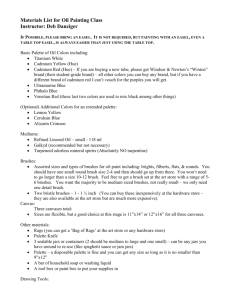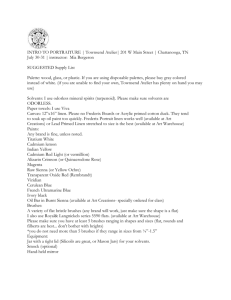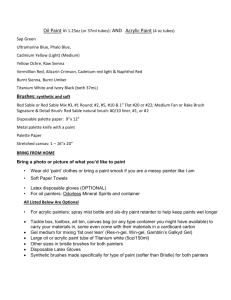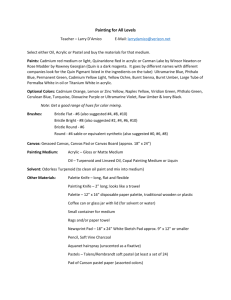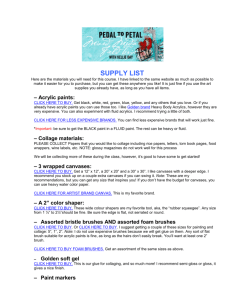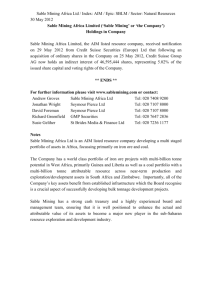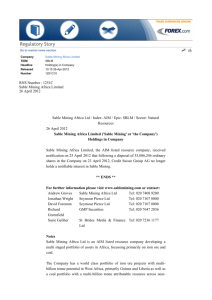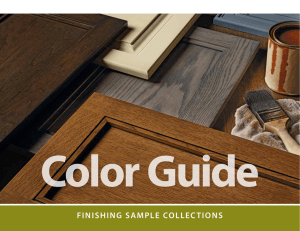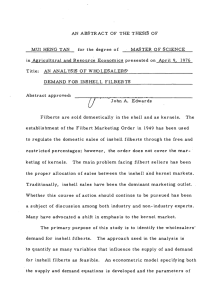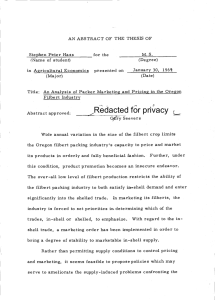Life on Canvas - Florence Thomas Art School
advertisement
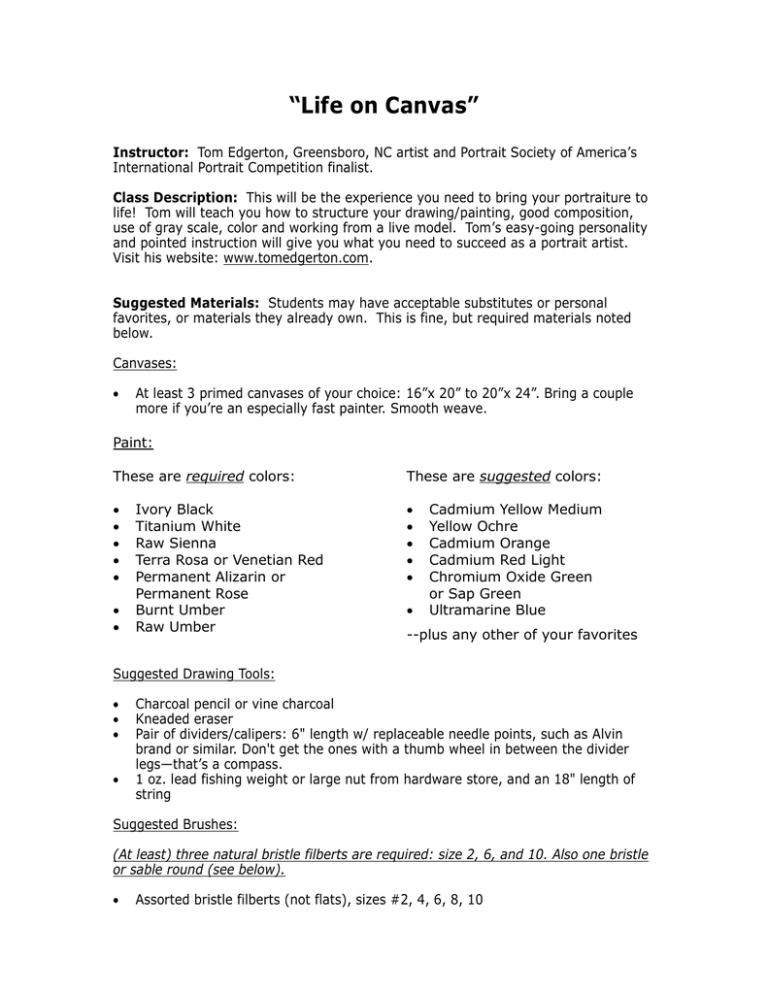
“Life on Canvas” Instructor: Tom Edgerton, Greensboro, NC artist and Portrait Society of America’s International Portrait Competition finalist. Class Description: This will be the experience you need to bring your portraiture to life! Tom will teach you how to structure your drawing/painting, good composition, use of gray scale, color and working from a live model. Tom’s easy-going personality and pointed instruction will give you what you need to succeed as a portrait artist. Visit his website: www.tomedgerton.com. Suggested Materials: Students may have acceptable substitutes or personal favorites, or materials they already own. This is fine, but required materials noted below. Canvases: At least 3 primed canvases of your choice: 16”x 20” to 20”x 24”. Bring a couple more if you’re an especially fast painter. Smooth weave. Paint: These are required colors: These are suggested colors: Ivory Black Titanium White Raw Sienna Terra Rosa or Venetian Red Permanent Alizarin or Permanent Rose Burnt Umber Raw Umber Cadmium Yellow Medium Yellow Ochre Cadmium Orange Cadmium Red Light Chromium Oxide Green or Sap Green Ultramarine Blue --plus any other of your favorites Suggested Drawing Tools: Charcoal pencil or vine charcoal Kneaded eraser Pair of dividers/calipers: 6" length w/ replaceable needle points, such as Alvin brand or similar. Don't get the ones with a thumb wheel in between the divider legs—that’s a compass. 1 oz. lead fishing weight or large nut from hardware store, and an 18" length of string Suggested Brushes: (At least) three natural bristle filberts are required: size 2, 6, and 10. Also one bristle or sable round (see below). Assorted bristle filberts (not flats), sizes #2, 4, 6, 8, 10 Assortment of sable or synthetic brights or flats (not so-called long flats), maybe at least one 1/8” wide, one 1/4” wide. More if you’ve got them. A sable/synthetic mix is acceptable also (I use these) One sable or sable/synthetic round, maybe a #4 or #6 Any of your favorites I do not recommend white 100% nylon brushes, but bring them if that's what you use (In short, PLEASE bring some decent brushes.) Palette: Disposable paper palettes or whatever you use, remember space may be limited Solvent/Medium: NO TURPENTINE, I’M ALLERGIC!! It's also very toxic (absorbs through the skin) Odorless mineral spirits Brush cleaner jar such as Silicoil brand. (It needs to have a brush scrubber in the bottom.) Easel, etc.: The studio may have a limited number of easels, but check availability with the School. They also have folding TV tables for use as taborets. Other supplies: Paper towels or rags Brush soap or bar soap, or Murphy's Oil Soap in a small jar (for cleaning brushes) Small medium cups or small jars for solvent and medium (baby-food size) For those traveling by air, we offer these suggestions: Bring rolled canvases and one 18”x 22” piece of plywood board or Homosote board, tape edges with duct tape if it’s a crumbly material. You can thumbtack or tape loose canvas pieces to this board and at the end of the week, stack the paintings up, pin through the whole stack with plastic wrap or a garbage bag over them, and put them in your suitcase! We will provide odorless mineral spirits for those traveling by air. Other media (pastels, etc.): I will teach my method of portraiture and I can assist you in that method; students should have a knowledge of how to use their medium to participate. Apply the above supply list to your medium for the right materials. REVISED: 2014
